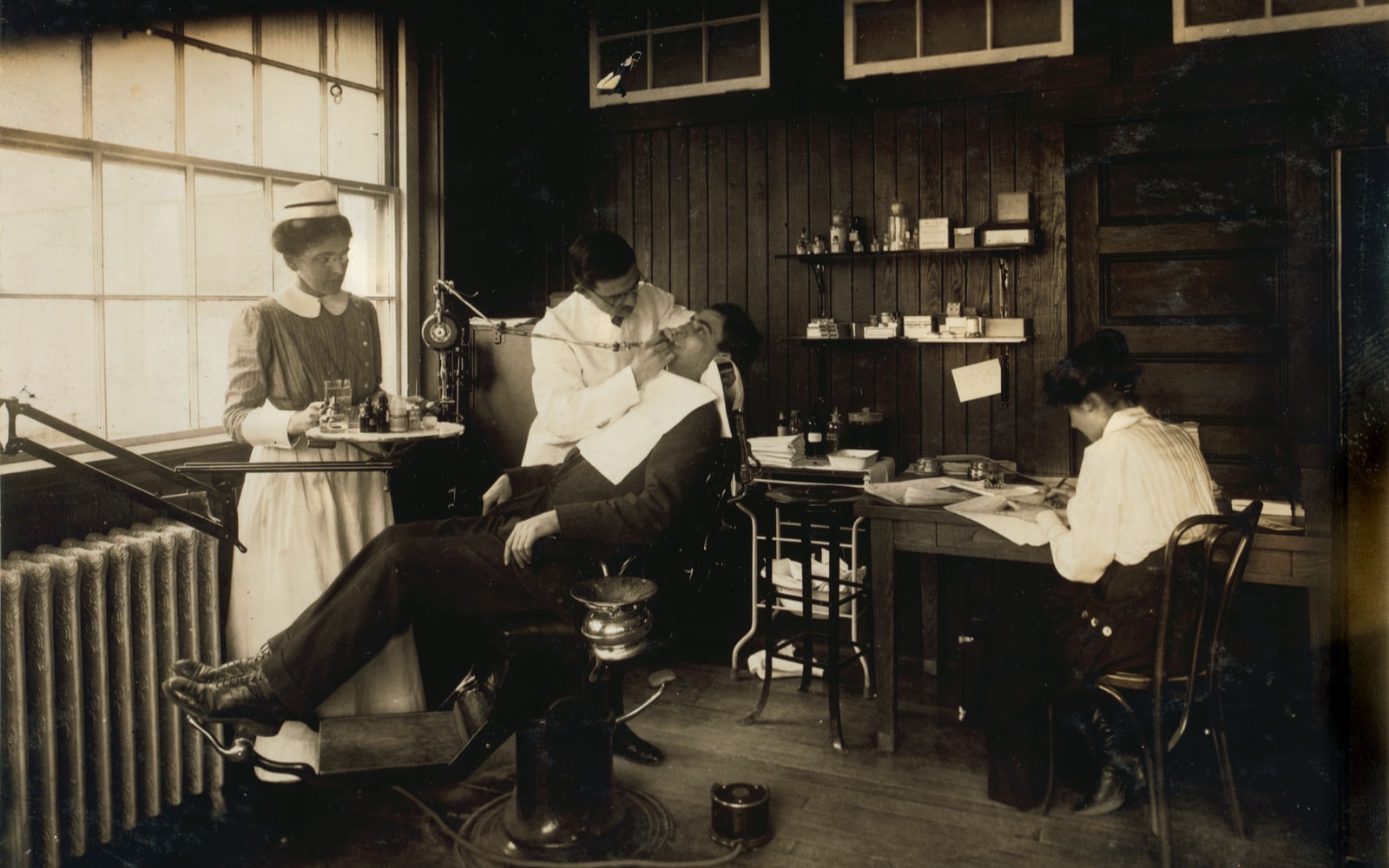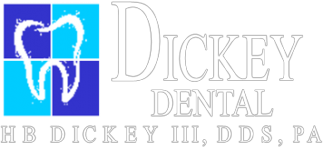Over the last 60 years, numerous treatments and technological innovations have aided dentists in keeping up with today’s demands in the health industry. These demands include improvements in dental techniques, the introduction of new specialties, and extensive clinical trials that have created what we know as modern dentistry.
How Dentistry Has Changed From The 60s To Modern Day
To view far we’ve come, we need to take a glance at our history and see what’s evolved over the last few decades:
- The ’60s: Dental practices during the ’60s focused on treatment-based results, but this decade also brought about the idea of treatments to prevent the onset of cavities and other oral health problems in our children. These ideas introduced treatments like fluoride, diet changes, and 6-month exams as new options for families to improve their dental care while avoiding operative costs. Operative dentistry was the primary specialty during this period, as due to the apparent lack of economic inflation, education during this time involved 4-year degrees from many universities. Specialty careers like endodontics, periodontics, and pediatric dentistry were newer in their concepts, and others, such as aesthetic dentistry, still needed to be created.
- The 70s: During the ’70s, this period brought out more dental specialties into the spotlight, and the first dental benefits plan drew national attention as everyone began understanding the benefits of preventative dental treatment. While the inflation rates of the time weren’t the same as today’s price ranges, advances were steadily being made thanks to the increased demand for dental treatments.
- The 80s: During the 80s, the desire for tooth-colored restorations took hold over metal crowns used in the 50s. The 70s aesthetic took off and reinforced composite resins to help transform restorative treatment, even while methods were limited at the time.
- The 90s: The ’90s are considered one of the most significant periods for dentistry, as it increased dental wages and certification requirements within the field due to technological advancements. The introduction of the computer into the mainstream populace changed dental practices forever, and thus the number of dental establishments across the country continued to increase. Furthermore, studies in sleep apnea cases, oral cancer detection, denture options, and ceramic restorations started to take flight during this growth period. Overall, many newer technologies, such as cone beam technology and the microscope for dentists, were being introduced and incorporated into more dental practice time, giving birth to newer specialties such as aesthetic dentistry.
- The 2000s To Today: The 2000s to the current day caused social changes in dental practices. More women and minorities have begun entering the dental field, and technological advancements helped introduce laser treatments, digital x-rays, and computer-aided manufacturing. These advancements moved dentistry from treatment-based to prevention-based practices and assisted in creating the foundations for successful dental companies to provide numerous options for treatment.
A Positive Outlook For The Future Of Dentistry
Today, dental organizations, care methods, and a focus on conservative treatments will surely take up the next decade or two. As the innovations in dental techniques and products continue to change over time, patients can always take the opportunity to learn from their dentist about how they can be knowledgeable about their dental health and how to keep their teeth clean.


